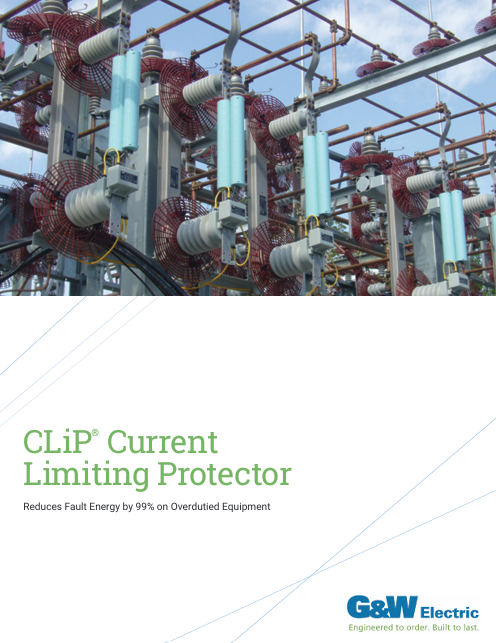Construction Electrical Safety Practices

Arc Flash Training CSA Z462 - Electrical Safety Essentials
Our customized live online or in‑person group training can be delivered to your staff at your location.

- Live Online
- 6 hours Instructor-led
- Group Training Available
Download Our NFPA 70E Fact Sheet – 2024 Electrical Safety Edition

- Understand how NFPA 70E works with NEC and NFPA 70B standards
- Clarify the shared responsibility between employers and employees
- Learn how NFPA 70E supports OSHA compliance
Construction electrical safety ensures OSHA compliance using NFPA 70E and NEC guidelines, lockout/tagout, PPE, GFCI protection, grounding, arc-flash mitigation, insulated tools, and safe temporary power practices for hazard control on construction sites.
Principles of Construction Electrical Safety
Construction electrical safety is essential for protecting workers from serious hazards such as arc flash incidents, electric shock, and contact with energized equipment. Construction sites' constantly changing and often unpredictable nature demands strict attention to safety practices. Adopting well-defined procedures—such as proper grounding, lockout/tagout protocols, the use of personal protective equipment (PPE), and compliance with standards like NFPA 70E and CSA Z462—plays a critical role in preventing injury, ensuring worker safety, and meeting regulatory obligations in both Canada and the United States. For a concise overview of minimum controls and compliance needs, see electrical safety requirements that translate standards into actionable steps.
Request a Free Training Quotation
Common Electrical Hazards on Job Sites
Construction sites present a variety of electrical risks. Workers may encounter energized circuits or unintentionally come into contact with overhead power lines. Equipment like ladders or scaffolding can become deadly when they brush against live conductors, especially if workers are unaware of the hazard. Additional dangers include the improper use of extension cords, damaged plugs, and poorly maintained temporary power sources. Even falls from height can result in electrocution if contact is made with exposed wiring or energized panels during the fall. Addressing these exposures within a formal program aligns with electrical safety in the workplace principles that emphasize hazard identification and controls.
Preventing Electrical Incidents on Construction Sites
Electrical and non-electrical workers must follow established safety procedures to minimize risks. Proper PPE—such as insulated gloves, face shields, and flame-resistant clothing—should be worn whenever there is a risk of electrical exposure. To ensure circuits are properly isolated, lockout/tagout procedures must be strictly followed when working on energized systems. Safety should be a team effort, with supervisors and foremen ensuring compliance and identifying potential hazards before work begins. Clear roles and documented procedures for qualified and unqualified persons are outlined in electrical safety work guidance that supports consistent execution.
Test Your Knowledge About Arc Flash!
Think you know Arc Flash? Take our quick, interactive quiz and test your knowledge in minutes.
- Instantly see your results and score
- Identify strengths and areas for improvement
- Challenge yourself on real-world electrical topics
All workers, especially those new to the electrical field, should receive comprehensive safety training to help them understand how to avoid dangerous situations. Employers must also implement safety programs that include regular inspections, the use of ground fault circuit interrupters (GFCIs), and proper maintenance of grounding systems. Organizations can strengthen competencies through electrical safety training that combines theory with practical application.
Electrical Safety Standards and Training Requirements
In the U.S., electrical safety on construction sites is governed by Occupational Safety and Health Administration (OSHA) regulations. In Canada, similar standards are maintained by the Canadian Standards Association (CSA), with CSA Z462 outlining specific requirements for arc flash and electrical hazard protection. Understanding how to determine incident energy and select PPE categories is central to arc flash training requirements that many organizations incorporate into policy.
Both NFPA 70E and CSA Z462 provide frameworks for evaluating risks, choosing the right PPE, and applying proper work methods around energized equipment. These standards are essential for any construction site safety program and should be integrated into company policies and daily practices. These methods are equally applicable in plant settings and process industries under industrial electrical safety best practices.
Training Opportunities and Resources
The Electricity Forum offers specialized construction electrical safety training programs to ensure workers are equipped with the necessary knowledge. These include NFPA 70E and CSA Z462 Arc Flash Training courses, designed to build awareness, strengthen safety practices, and support regulatory compliance across job sites in both Canada and the United States. Blended learning options and refresher modules are addressed in arc flash safety training resources that help maintain proficiency.
If you want to enhance your team’s safety readiness, request a free training quotation and find out how we can help you develop a safer, more compliant workforce.








